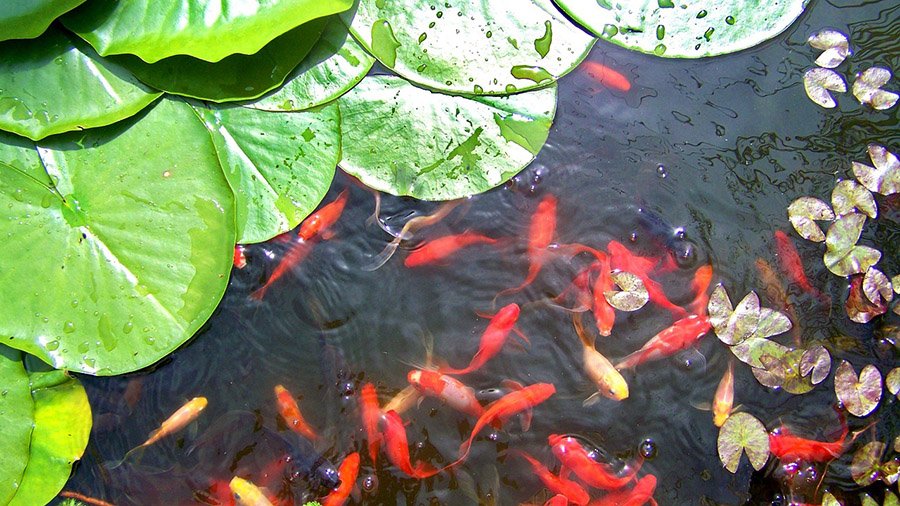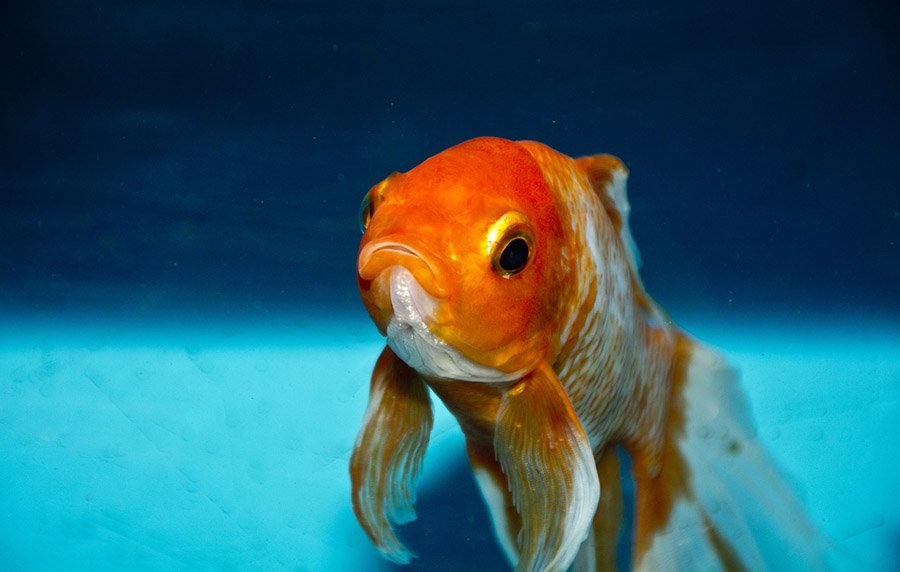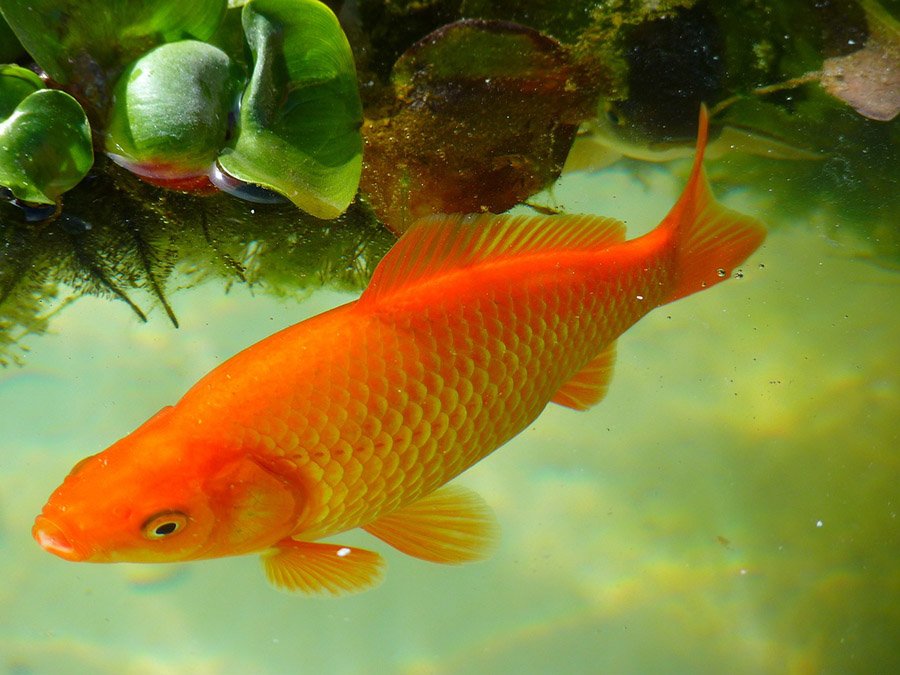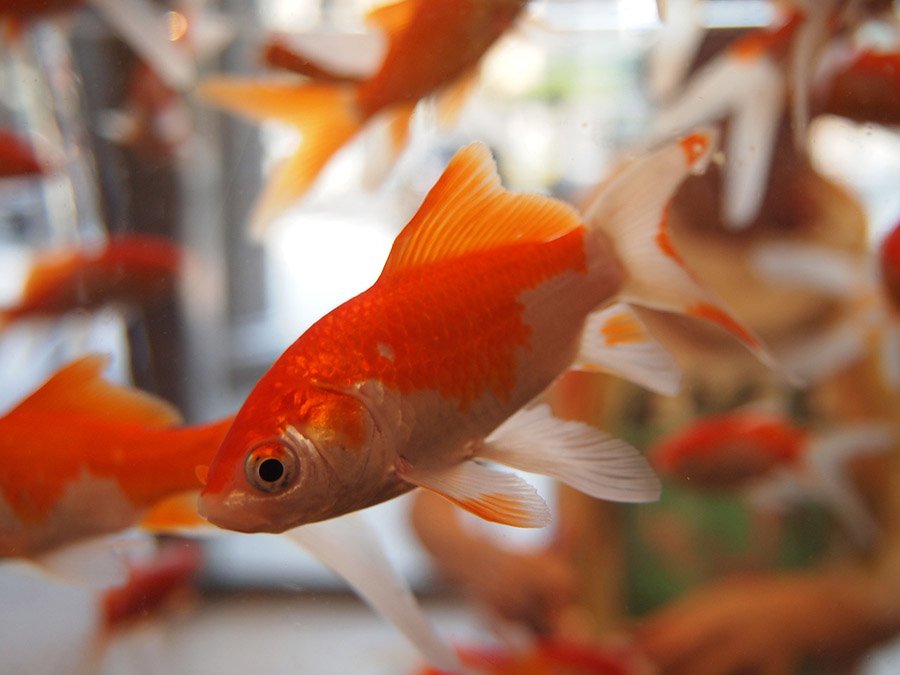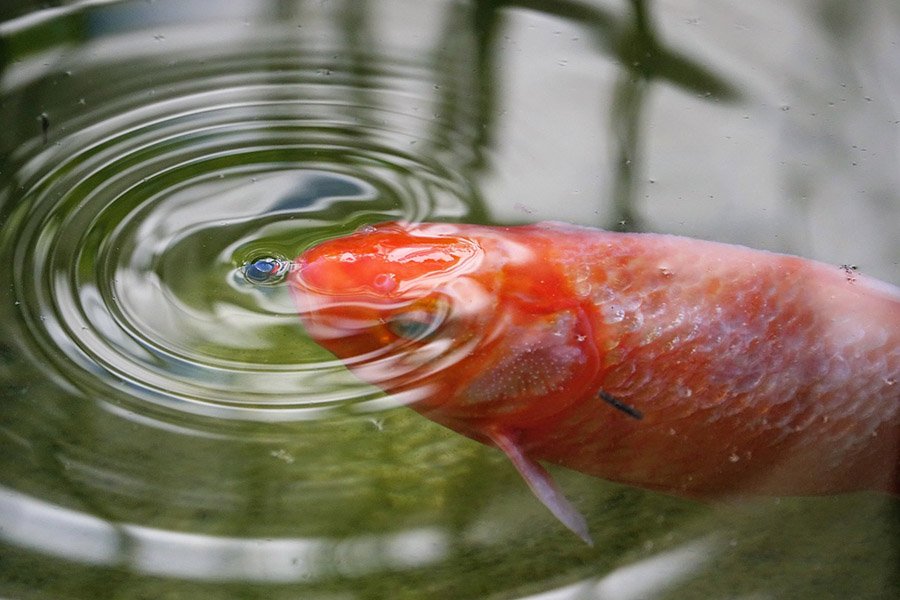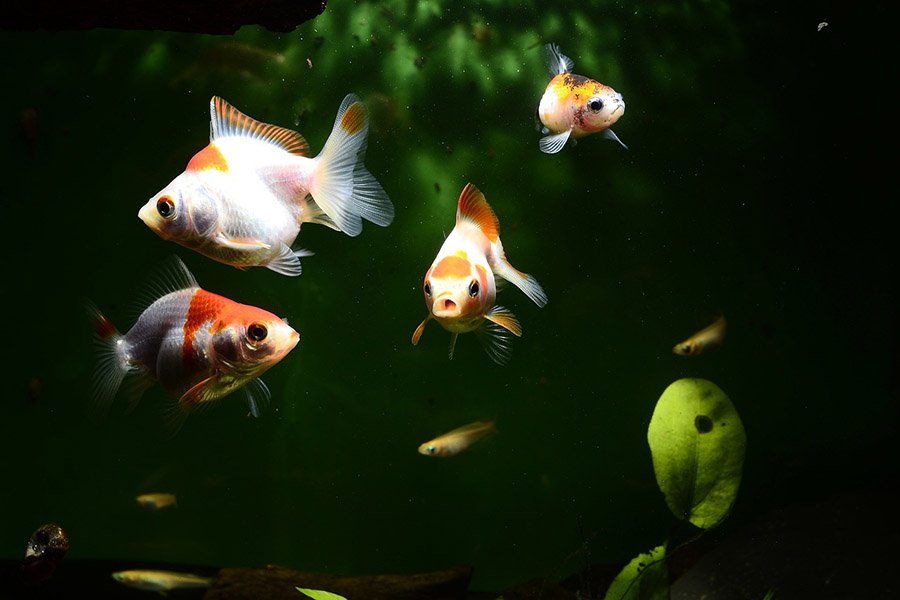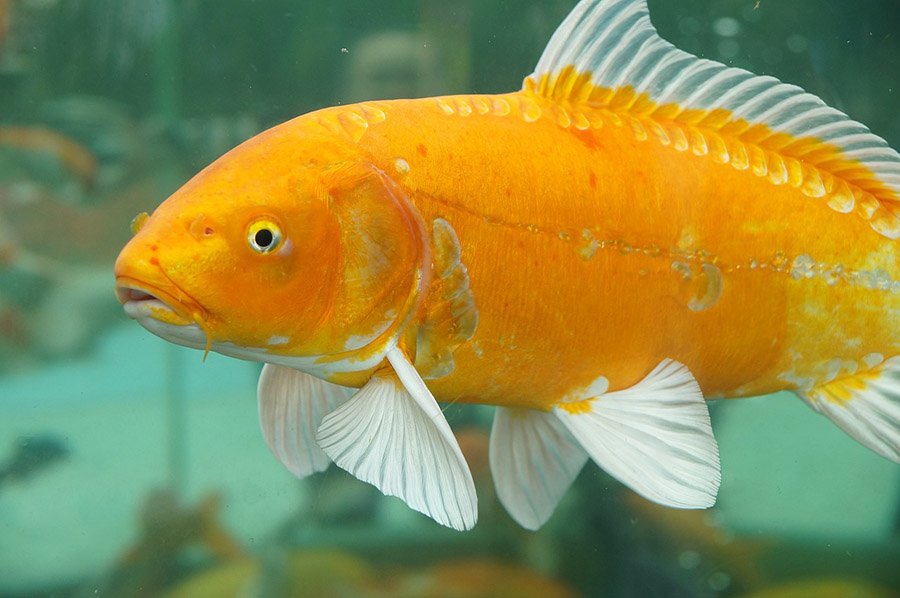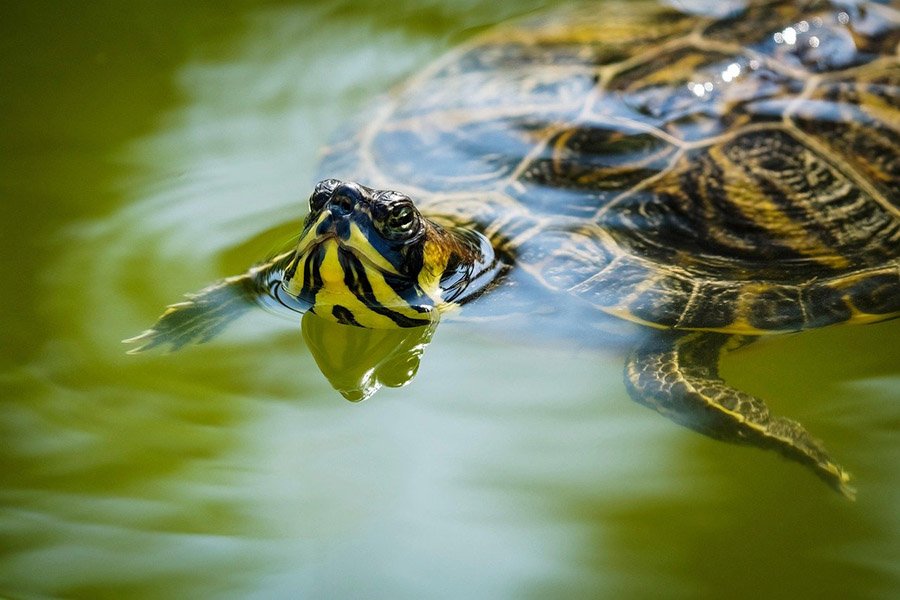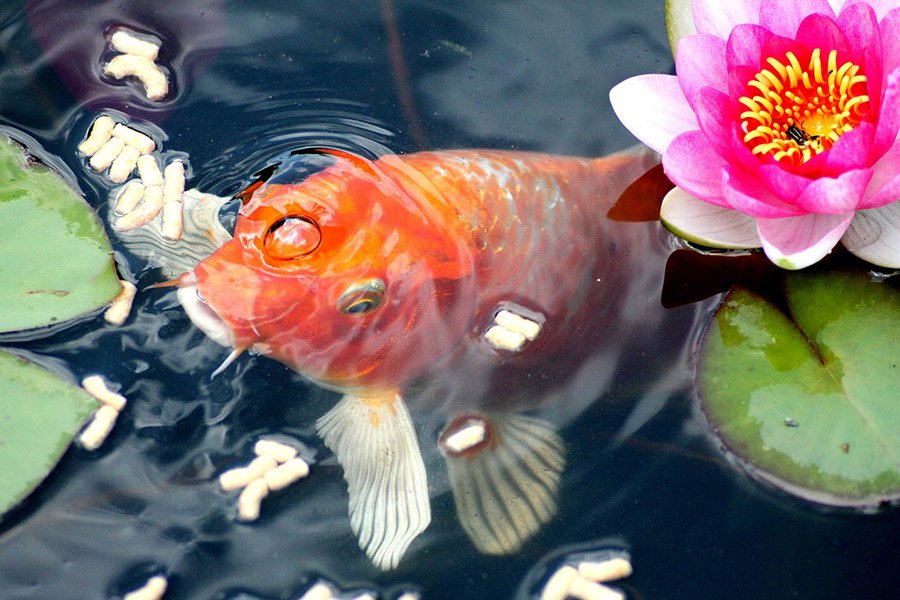Goldfish are one of the most popular pets worldwide, admired for their vibrant colors and relatively simple care requirements. While many people keep goldfish in indoor aquariums, they can also thrive in outdoor ponds when provided with the right conditions.
This article will delve into the various factors that must be considered to ensure that goldfish live healthy, happy lives in a pond environment.
Introduction: Goldfish and Pond Living
Goldfish are hardy fish that can adapt to a variety of living conditions, but transitioning them from an indoor tank to an outdoor pond requires careful preparation. Unlike indoor aquariums, ponds offer a more natural environment that can support a larger number of goldfish and provide them with more space to swim and explore. However, the openness of a pond also introduces new challenges that must be addressed to keep the fish safe and healthy.
Goldfish in a pond can benefit from more stable water parameters due to the larger volume of water, which tends to buffer against rapid changes in temperature and chemistry. The natural habitat also allows for a more diverse ecosystem, including plants and microorganisms that can contribute to the goldfish’s well-being. However, this also means that goldfish are exposed to a wider range of potential threats, including predators and diseases.
To successfully transition goldfish to a pond environment, it is crucial to understand the specific needs and challenges associated with outdoor living. This includes selecting an appropriate pond size, maintaining optimal water quality, choosing a suitable location, incorporating the right plant life, and being aware of potential predators and seasonal care requirements.
Ideal Pond Size for Goldfish
The size of the pond is one of the most critical factors for the health and well-being of goldfish. A pond that is too small can lead to overcrowding, poor water quality, and increased stress for the fish. As a general rule, the pond should provide at least 50 gallons of water per goldfish to ensure ample space for swimming and growth.
In addition to volume, depth is an important consideration. A pond that is at least 2 to 3 feet deep can help protect goldfish from temperature fluctuations, especially in regions with harsh winters or hot summers. Deeper ponds also offer goldfish a place to retreat from predators and strong sunlight, which can be particularly important during the hottest parts of the day.
When planning the size of your pond, it is also wise to factor in future growth and potential breeding. Goldfish can grow quite large, with some varieties reaching up to 12 inches or more in length. A larger pond will accommodate this growth and provide enough space for offspring if the goldfish breed.
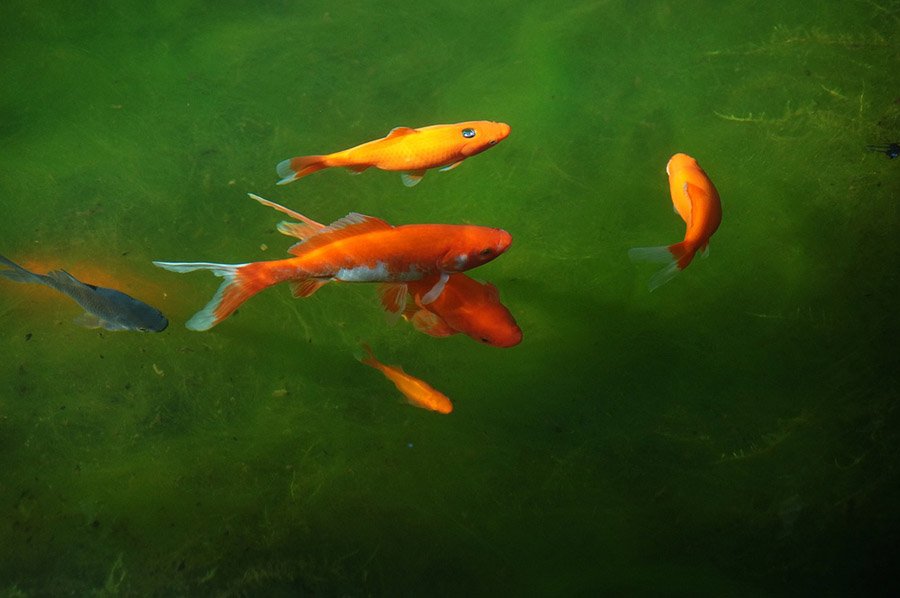
Essential Water Quality Parameters
Maintaining optimal water quality is crucial for the health of goldfish in a pond. Poor water conditions can lead to stress, disease, and even death. Key parameters to monitor include temperature, pH, ammonia, nitrite, nitrate, and dissolved oxygen levels.
Goldfish thrive in water temperatures between 65 and 75 degrees Fahrenheit. Extreme temperatures outside this range can cause stress and immune system suppression. pH levels should be maintained between 6.5 and 8.4, with a slightly alkaline environment being ideal. Regular testing and adjustments using water conditioners or natural buffers can help maintain these levels.
Ammonia and nitrite are toxic to goldfish and should always be at zero levels. Nitrate, while less harmful, should be kept below 40 ppm. Effective biological filtration and regular water changes can help manage these levels. Additionally, ensuring adequate aeration and circulation will maintain high dissolved oxygen levels, which are crucial for the well-being of the fish.
Choosing the Right Pond Location
The location of your pond can significantly impact the health and happiness of your goldfish. Ideally, the pond should be situated in a spot that receives partial sunlight throughout the day, as too much direct sunlight can lead to overheating and algae overgrowth. Conversely, a completely shaded pond may not support the growth of beneficial aquatic plants.
When selecting a pond location, consider the proximity to trees and other vegetation. Falling leaves and debris can pollute the pond and clog filtration systems. Placing the pond away from large trees and shrubs can minimize maintenance and keep the water cleaner. Also, avoid areas where runoff from fertilizers or pesticides could contaminate the pond.
Lastly, accessibility for maintenance tasks is an important consideration. Ensure there is enough space around the pond for regular cleaning, water testing, and equipment adjustments. Easy access to a water source for topping up the pond can also be beneficial, especially during hot summer months when evaporation rates are high.
Compatible Plant Life for Goldfish Ponds
Incorporating plants into your goldfish pond not only enhances its aesthetic appeal but also contributes to the overall health of the aquatic environment. Plants help improve water quality by absorbing excess nutrients, providing oxygen, and offering shelter and breeding grounds for goldfish.
Floating plants like water lilies and duckweed are excellent choices for goldfish ponds. They provide shade, which helps regulate water temperature and reduce algae growth. Submerged plants such as hornwort and anacharis are effective at oxygenating the water and providing hiding spots for goldfish. Marginal plants like cattails and irises can be planted around the edges of the pond, adding to the visual appeal and creating a naturalistic setting.
When selecting plants, consider their compatibility with goldfish. Goldfish are known to nibble on plants, so it is advisable to choose hardy species that can withstand some grazing. Additionally, avoid plants that are toxic to goldfish. Regularly trimming and maintaining the plants will ensure they do not overgrow and negatively impact water quality or the overall pond environment.
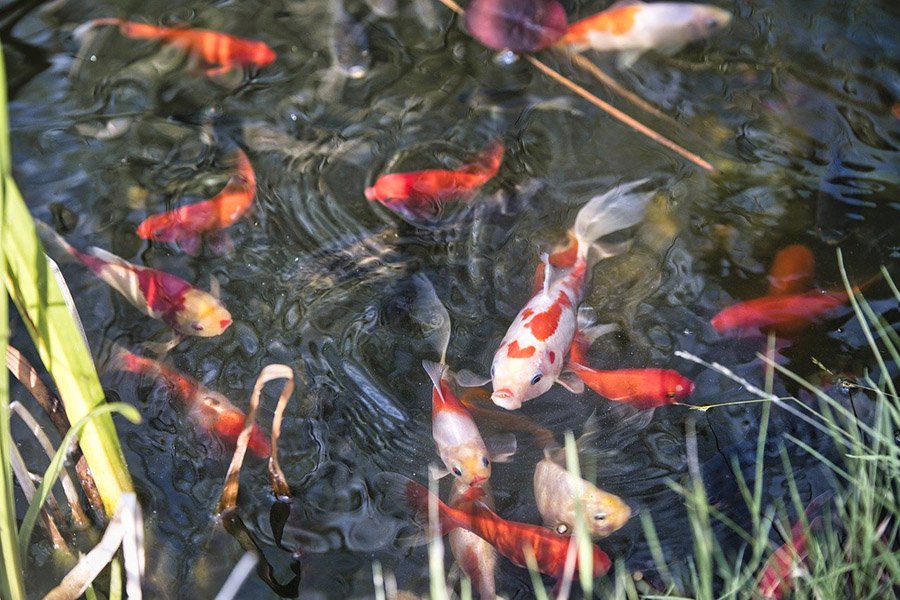
Common Goldfish Pond Predators
Goldfish in outdoor ponds are susceptible to a variety of predators, which can pose a significant threat to their safety. Common predators include birds such as herons and kingfishers, mammals like raccoons and cats, and even larger fish. Taking preventive measures can help protect your goldfish from these potential dangers.
Installing a pond net or cover is one effective way to keep predators at bay. These barriers can prevent birds and mammals from accessing the pond while still allowing sunlight and rain to reach the water. Additionally, providing hiding spots such as underwater caves or dense plant cover can give goldfish a place to retreat when they feel threatened.
Motion-activated sprinklers or lights can also be useful deterrents for land-based predators. These devices activate when movement is detected, startling animals and discouraging them from approaching the pond. Regularly inspecting the pond area for signs of predator activity and taking prompt action can further enhance the security of your goldfish.
Seasonal Care and Maintenance Tips
Caring for a goldfish pond requires seasonal adjustments to ensure the health and well-being of the fish year-round. During the spring and summer months, regular water quality testing, filtration maintenance, and algae control are essential. Warmer temperatures can lead to increased algae growth and fluctuations in water parameters, so frequent monitoring is necessary.
In the fall, it is important to remove fallen leaves and debris from the pond to prevent them from decomposing and polluting the water. Installing a pond net can help catch leaves before they sink to the bottom. As temperatures drop, gradually reduce feeding, as goldfish metabolism slows in cooler water. Consider using a pond heater or de-icer to prevent the water from freezing completely in winter, especially in colder climates.
Winter care involves ensuring that goldfish have a safe environment to overwinter. If the pond is deep enough, fish can remain in the pond as long as a portion of the water surface remains ice-free for gas exchange. In regions with harsh winters, it may be necessary to bring goldfish indoors or provide additional heating to maintain a stable environment.
Feeding Goldfish in Outdoor Ponds
Feeding goldfish in outdoor ponds requires a different approach than feeding them in indoor aquariums. Goldfish in ponds have access to natural food sources such as insects, algae, and plant matter, which can supplement their diet. However, regular feeding is still necessary to ensure they receive adequate nutrition.
Choose high-quality goldfish pellets or flakes that are formulated for outdoor conditions. These foods are designed to float, making it easier for goldfish to find and consume them. Feed goldfish once or twice a day, offering only what they can consume within a few minutes. Overfeeding can lead to water quality issues and should be avoided.
During colder months, adjust the feeding schedule based on water temperature. Goldfish metabolism slows in cooler water, and they require less food. Switch to a low-protein, wheat-germ-based diet in the fall and reduce feeding frequency as temperatures drop. In winter, when water temperatures fall below 50 degrees Fahrenheit, it is advisable to stop feeding altogether, as goldfish will enter a semi-dormant state.
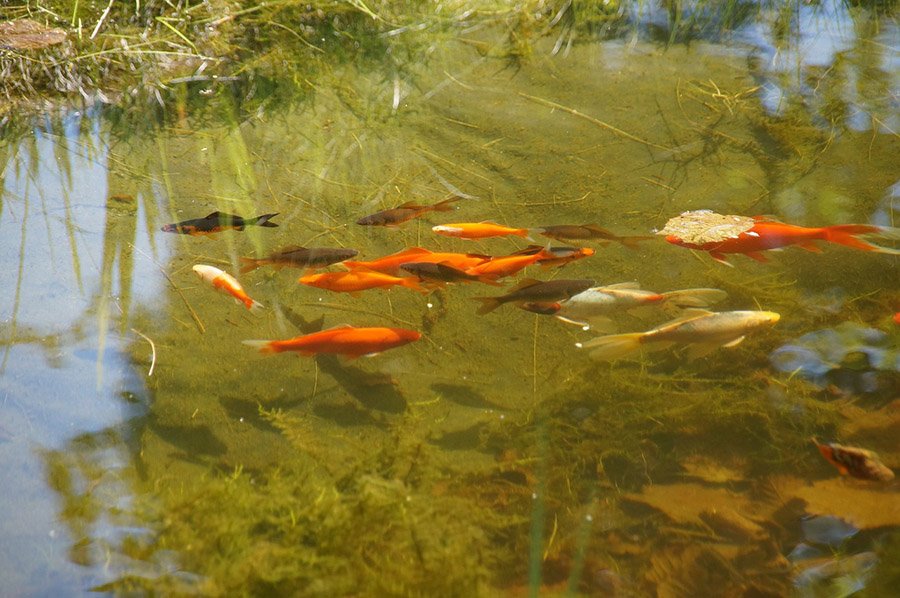
Health Monitoring and Disease Prevention
Regular health monitoring and disease prevention are crucial for maintaining a thriving goldfish pond. Observing goldfish behavior and appearance can provide early indicators of potential health issues. Signs of healthy goldfish include active swimming, clear eyes, vibrant coloration, and a healthy appetite.
Common health issues in goldfish ponds include parasitic infections, bacterial diseases, and fungal infections. Regular water quality testing and maintenance can help prevent many health problems. Quarantining new fish before introducing them to the pond can also reduce the risk of disease transmission.
If health issues are detected, prompt action is necessary. Isolate affected fish and consult a veterinarian or aquatic specialist for diagnosis and treatment recommendations. Avoid using chemicals or medications that can harm the pond’s ecosystem. Instead, focus on maintaining optimal water conditions and providing a balanced diet to support the goldfish’s immune system.
Conclusion: Ensuring a Thriving Pond for Goldfish
Creating a thriving pond environment for goldfish involves careful planning and ongoing maintenance. From selecting the right pond size and location to maintaining water quality and protecting against predators, each step plays a crucial role in ensuring the health and happiness of your goldfish. By following these guidelines and considerations, you can provide a safe and enriching habitat where goldfish can flourish.
Regular monitoring, seasonal adjustments, and proper feeding practices contribute to a balanced ecosystem that supports the well-being of goldfish. Additionally, incorporating compatible plant life and taking preventive measures against predators further enhances the pond environment. With attention to detail and a commitment to care, goldfish can thrive in an outdoor pond, bringing beauty and enjoyment to your outdoor space.
In conclusion, goldfish can indeed live happily and healthily in a pond when provided with the right conditions and care. By addressing each aspect of pond management, from water quality to predator protection, you can create a vibrant, balanced ecosystem where goldfish thrive. Whether you are a seasoned pond enthusiast or a beginner, following these guidelines will help ensure your goldfish enjoy a long, fulfilling life in their outdoor home.

